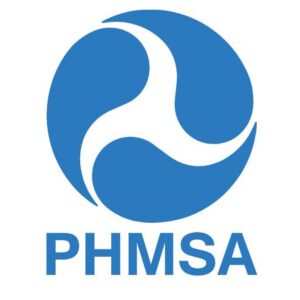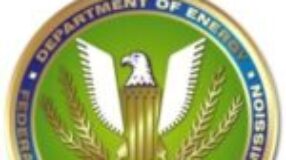
The American Gas Association (AGA)1, American Petroleum Institute (API)2, American Public Gas Association (APGA)3, Association of Oil Pipelines (AOPL)4 and Interstate Natural Gas Association of America (INGAA)5 (jointly “the Associations”) submit these comments on the Pipeline and Hazardous Materials Safety Administration (PHMSA) report “Pipeline Risk Modeling: Overview of Methods and Tools for Improved Implementation” (the Report).
Pipeline safety is a core value of the Associations and our members, and utilizing tools, methods, and technologies to increase visibility into an operator’s system and characterize risks is critical to promoting pipeline safety. In 2015, PHMSA formed a Risk Modeling Working Group (RMWG), which consisted of federal pipeline regulators, pipeline operators, industry organizations, national laboratory personnel and other stakeholders. The Associations and their representatives collectively represent over 50% of the RMWG. The RMWG’s mission statement was to (1) characterize state of the art pipeline risk modeling for gas transmission and hazardous liquid pipelines, (2) identify a range of state-of-the-art methods and tools capable of addressing the spectrum of pipeline risk management applications, and (3) provide recommendations to PHMSA regarding the use of risk modeling methods, tools and data requirements. The intent was for PHMSA to gather the input of various stakeholders and for PHMSA to author a report to make recommendations to operators on risk modeling. The RMWG discussions and PHMSA’s resulting overview Report address three NTSB recommendations from the NTSB Safety Study: Integrity Management of Gas Transmission Pipelines in High Consequence Areas.
Overall, the Report provides a good summary of the many aspects of risk modeling and outlines descriptions of different risk models. The Associations appreciate the effort to gather many perspectives prior to authoring the Report. The Associations support language within the Report that articulates the need for flexibility and scalability in pipeline risk modeling. Additionally, the Report leveraged findings and observations that were identified through PHMSA’s Research and Development (R&D) program. The Associations appreciate the efforts to link the recommendations made within the Report to R&D, such as innovation in technology, which supports pipeline safety.
Unfortunately, the Report does not reflect many of the discussions and recommendations of the RMWG. As outlined by the RMWG presentations and discussions, one of main goals of a risk model is to provide results that enable operators to be more proactive in managing risk. The RMWG noted that it would be helpful to summarize various implementation approaches from different operators and provide recommendations that not only describe the models but show how these models can be applied. This would include addressing considerations such as data inputs, resources, and other factors that may be required to implement a given risk model. As described in greater detail below, data quality and the availability of system-specific data are critical drivers for selecting an appropriate risk model, and this should be reflected in the final Report.
Furthermore, in several places the report indicates that the paper is authored by the RMWG. PHMSA should modify the language to clearly state that PHMSA is the author and that the RMWG provided data and input only. Many of the RMWG operator representatives submitted comments to PHMSA on the draft Report in February 2018. Most of these comments were not addressed in the current draft Report.
Within these comments, the Associations have proposed changes to the Report, which are shown in red.







